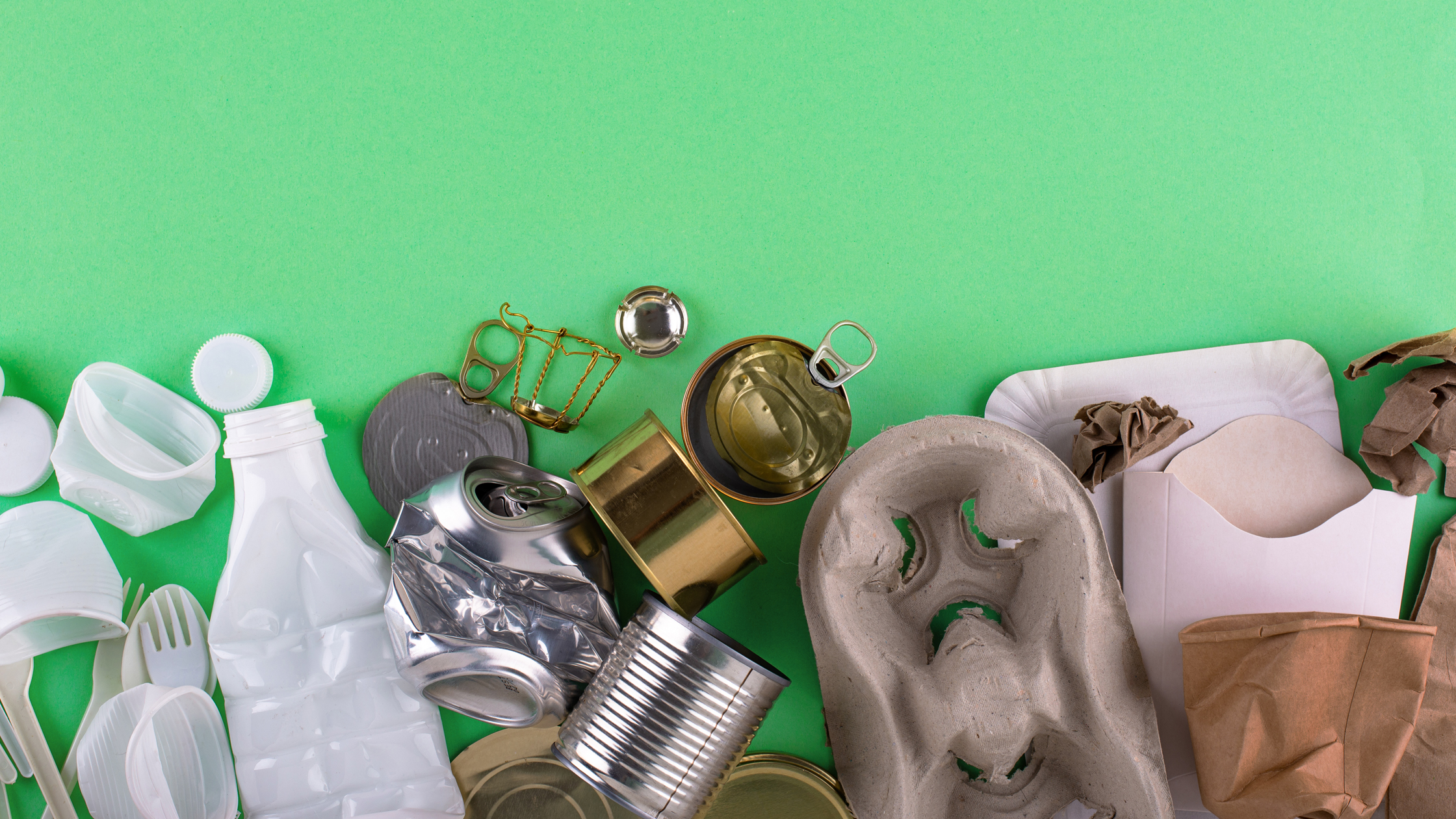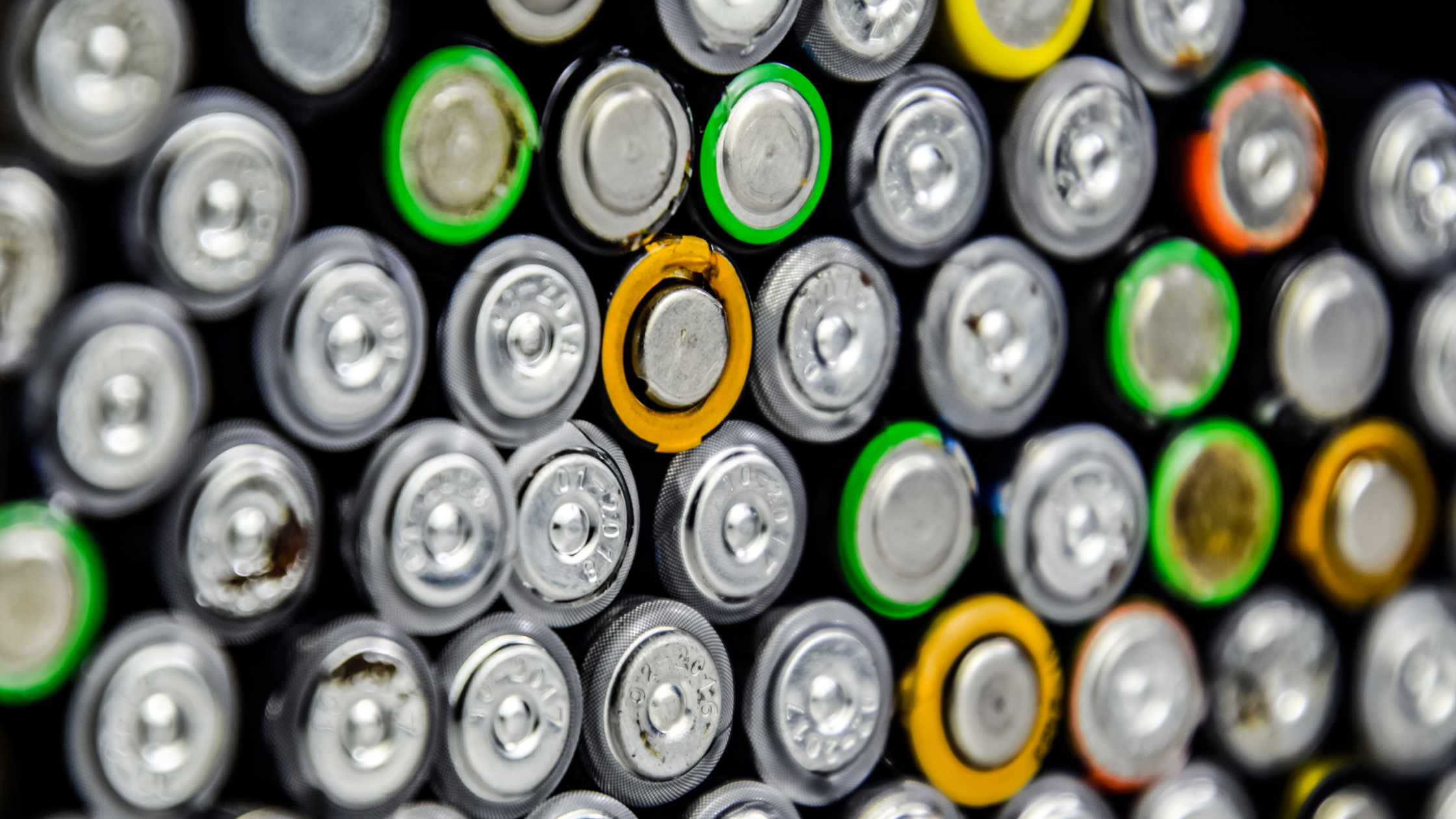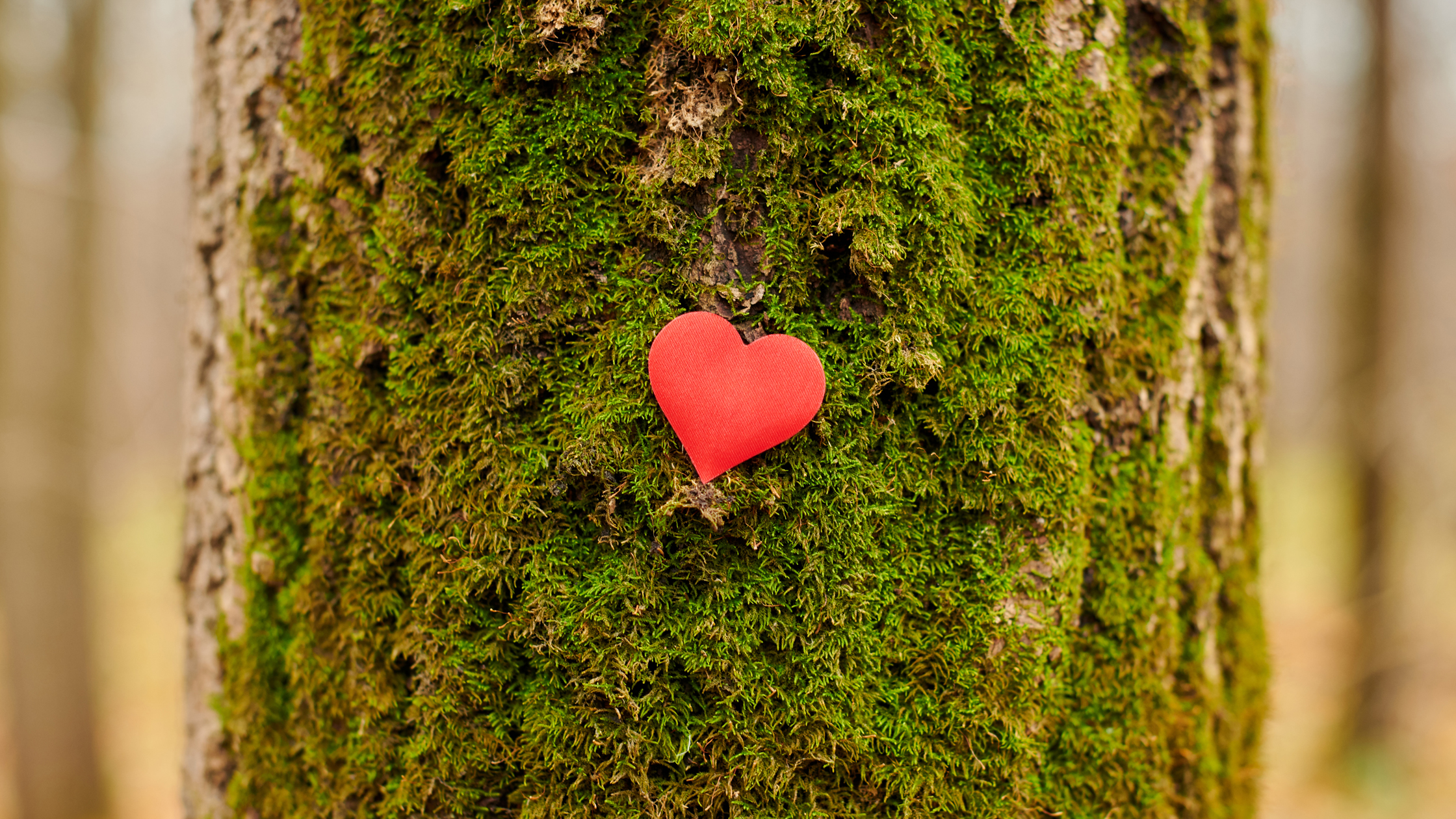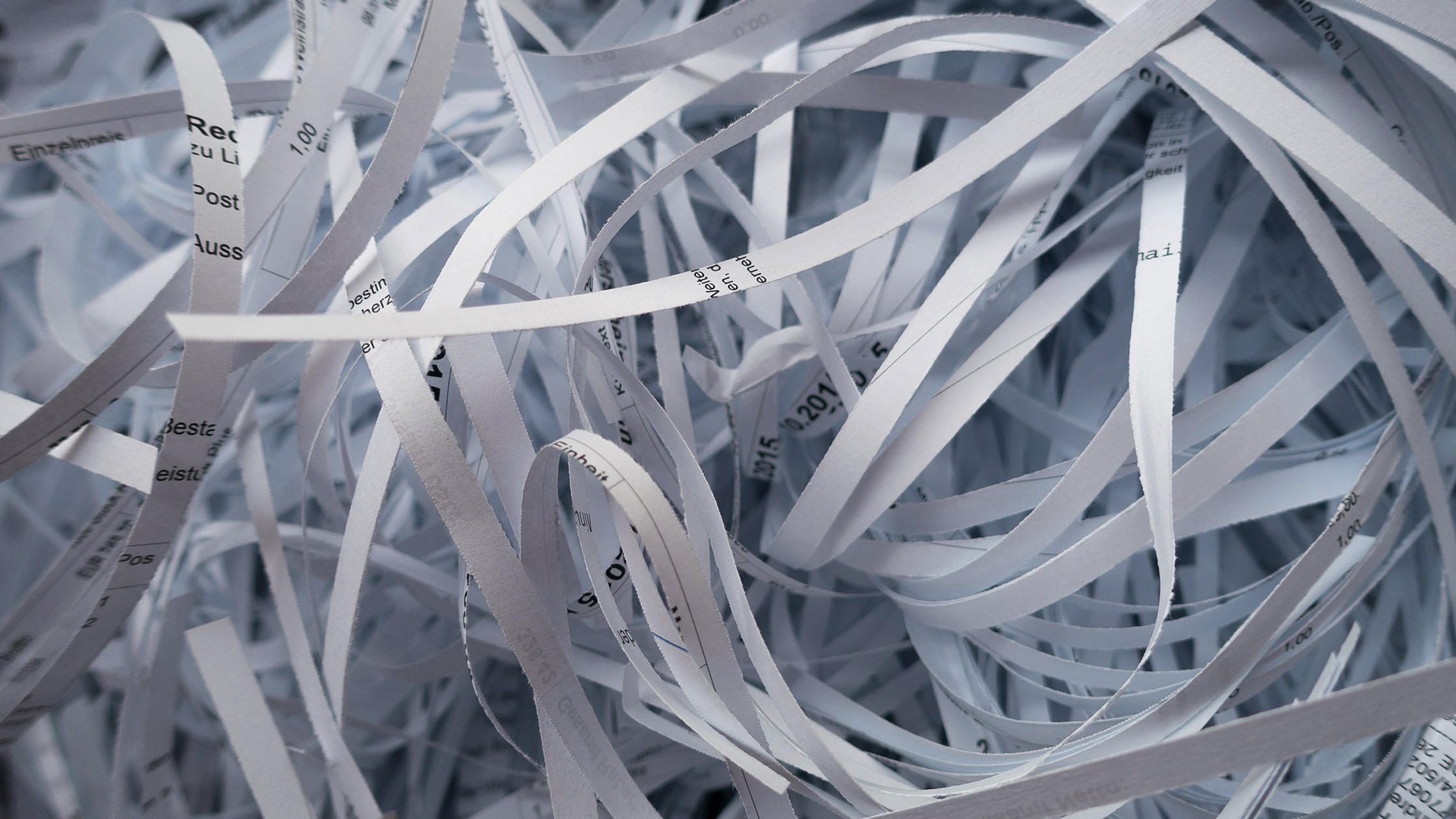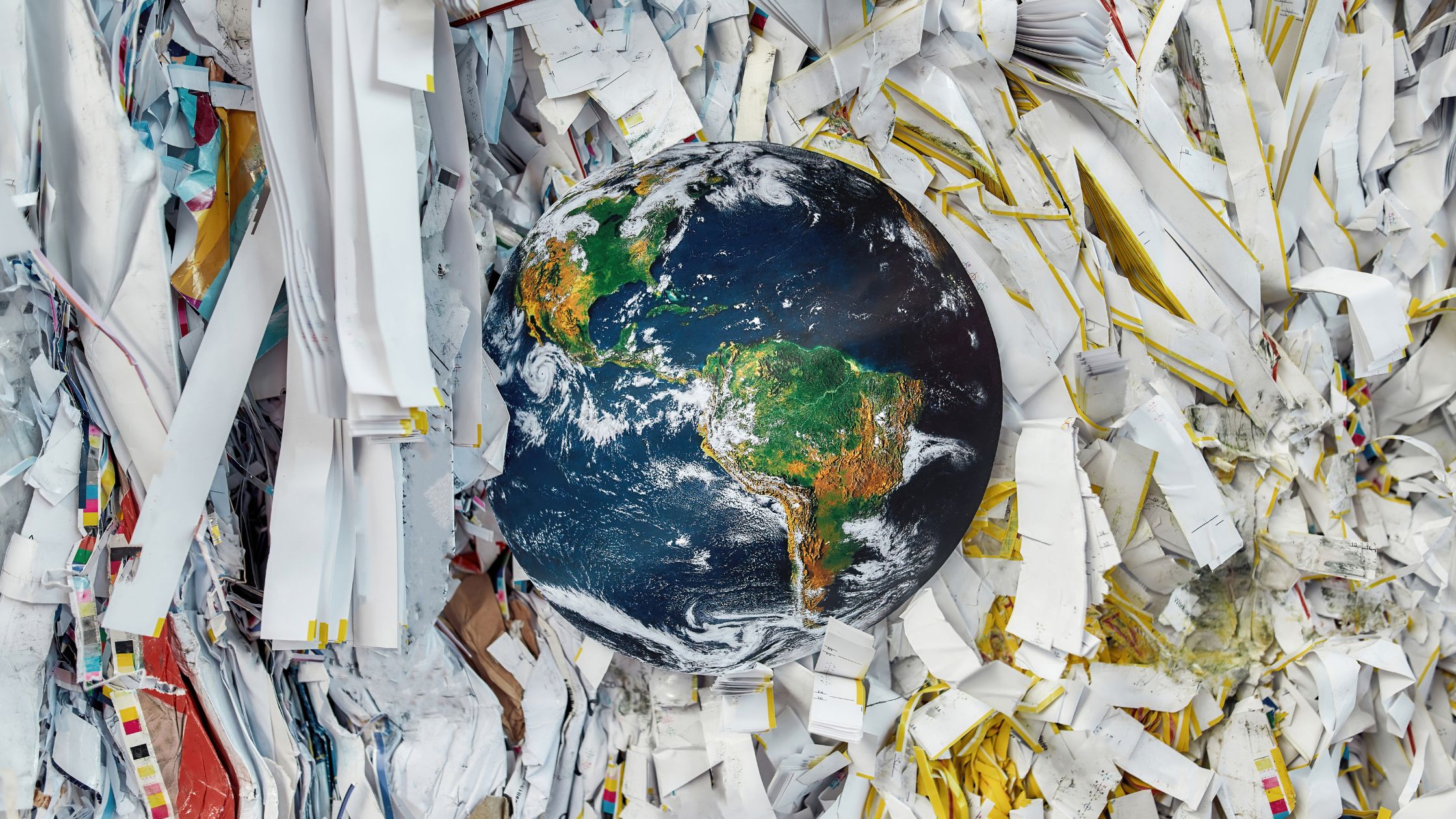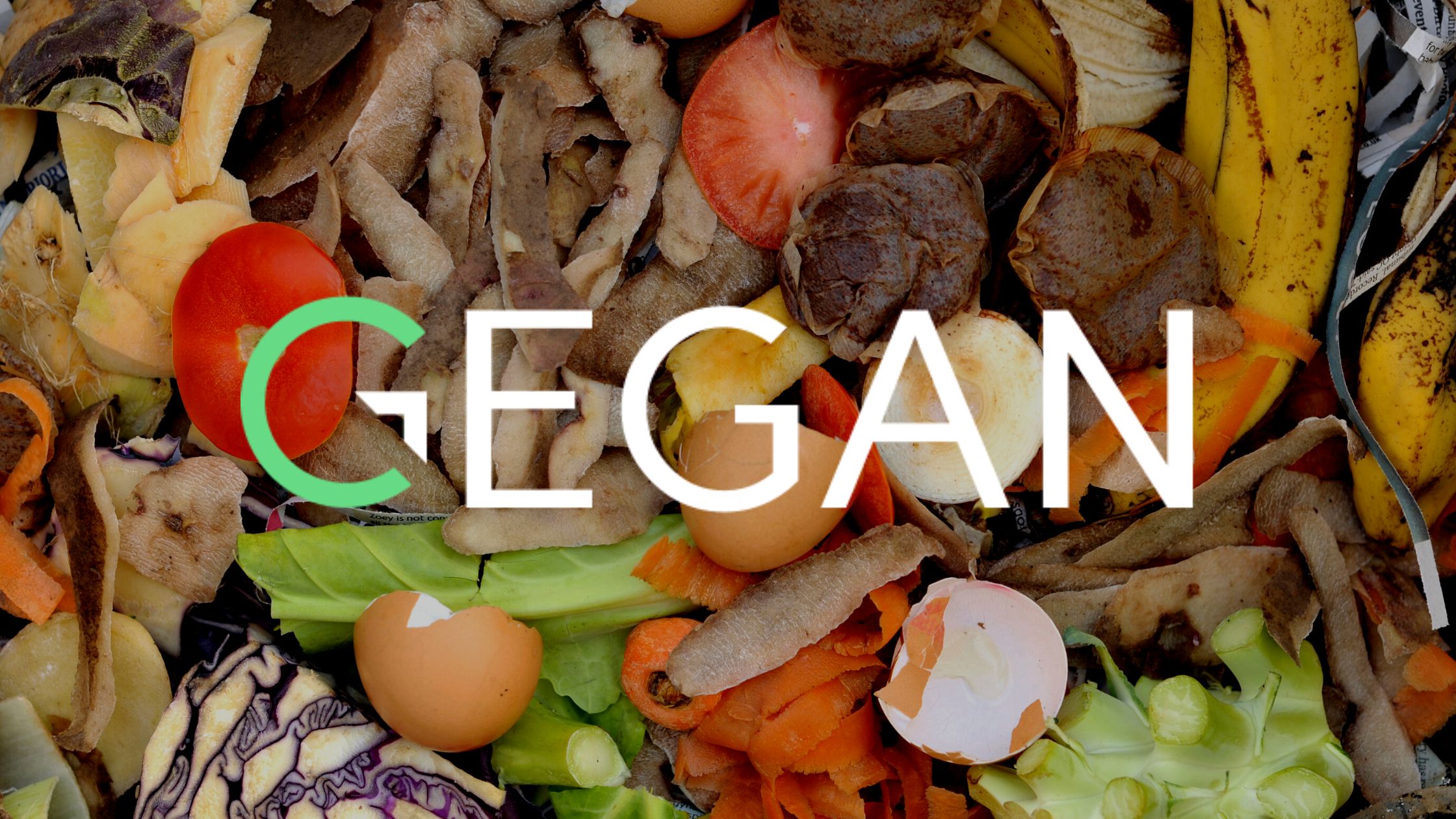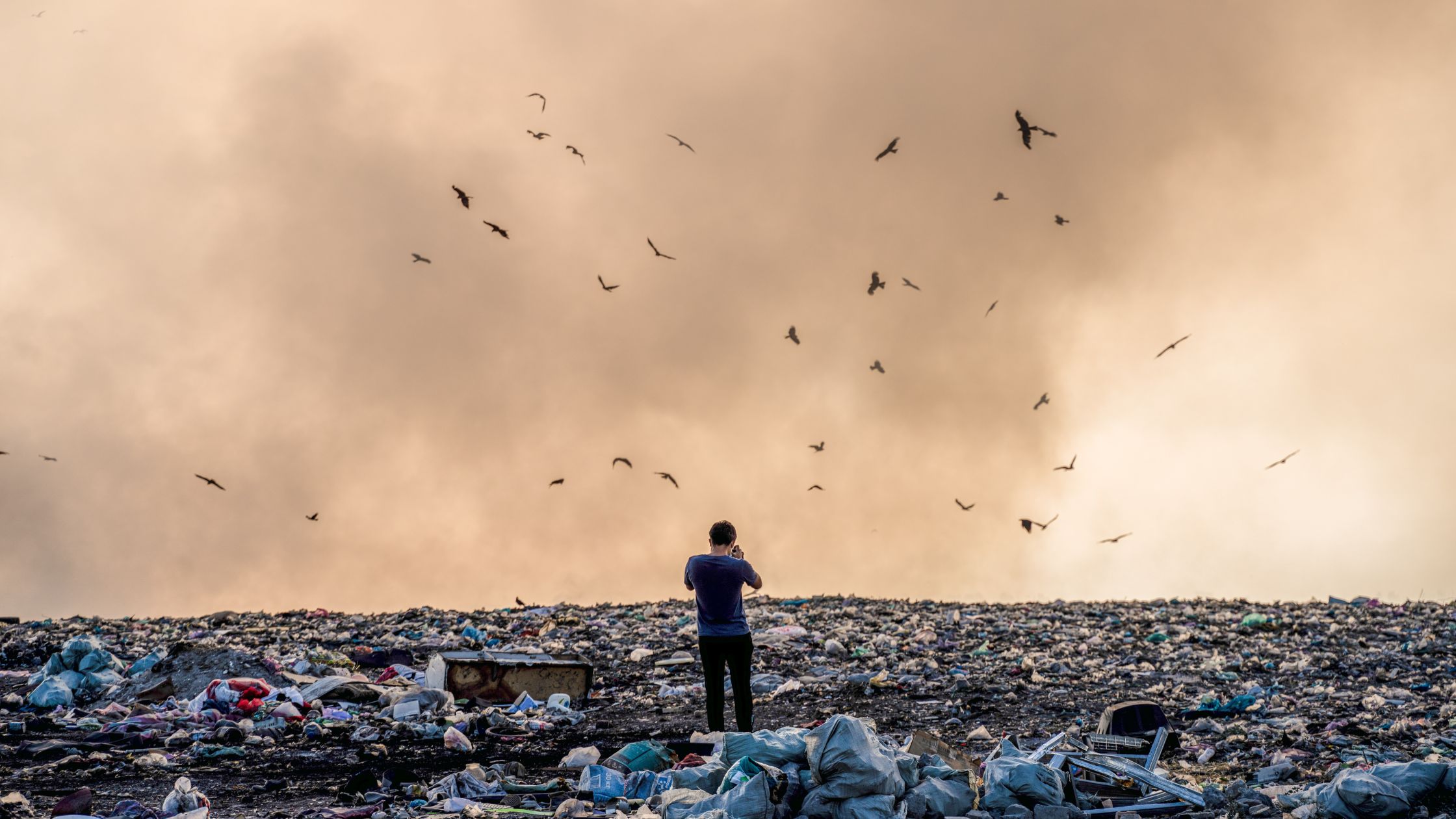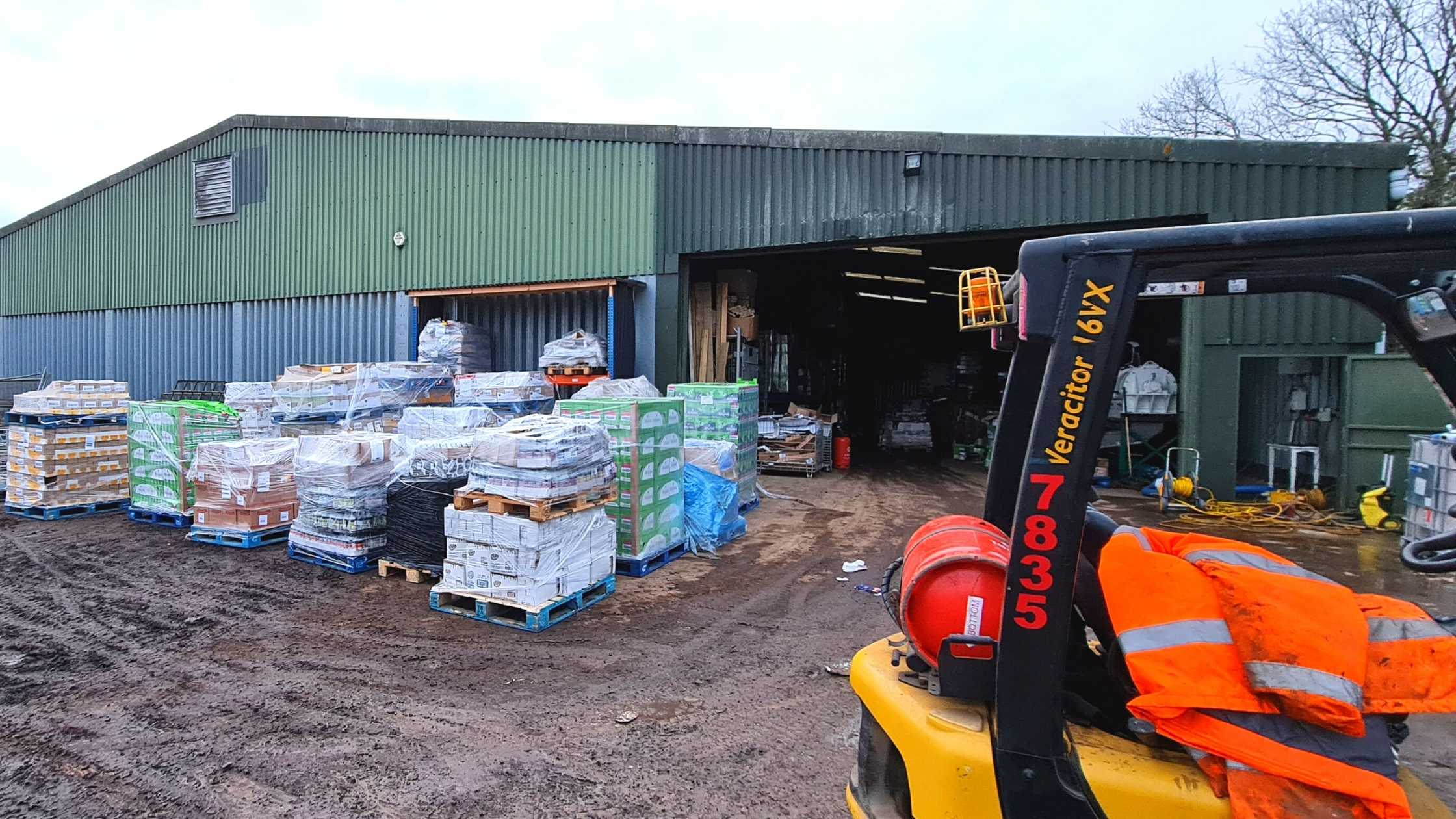
There’s no denying it. Our society’s addiction to buying clothes is destroying the planet. With companies like Shein releasing around 10,000 new products per day, and the average person buying 60% more items of clothing than they were 15 years ago, it’s no wonder there’s a massive issue. And it needs addressing.
Fast fashion focuses on convenience and affordability, usually at the cost of people and the environment. It pushes the idea that wearing an outfit more than once is something to be frowned upon, and one should always be dressed in the latest trends. But it hasn’t always been like this.
A brief history of fast fashion
Less than 100 years ago it was still more than likely the case that the majority of your clothing would’ve been locally made, and you would’ve kept it until it literally fell apart (make do and mend, and all that). So where did it all go wrong? Well, by the 1960s, young people were starting to use fashion as a form of self-expression, which meant there was an increasing demand for affordable clothing. More clothing shops opened, and by the 1970s, many of these companies were starting to employ workers in developing countries to create their clothing because they could pay them less, and keep their prices low. Gross.
By the late 80s, clothing demand was at an all-time high (although people were still buying far less clothing than we are today). In 1990, the term ‘fast fashion’ was first used in an article published by The New York Times in relation to new fashion retailer, Zara, whose mission it was to create a garment that would go from being a concept to an item in stores in only 15 days. Other retailers followed suit quite rapidly, and by the mid-90’s online shopping was taking off. Before this increased demand, retailers could be expected to release four collections a year. Fast forward to today, and some retailers are generating 36 collections a year. Why? Money, of course! But what impact is that having on the environment?
Fast fashion’s environmental impact
If we asked you to think of the environmental impact of fast fashion, you might just imagine piles of clothes sitting in landfill. Of course that is a problem, but it goes even deeper than that.
Water pollution
It takes around 7,500 litres of water to make a pair of jeans. That’s the equivalent of the amount of water the average person will drink in a 7 year period. This water doesn’t just disappear either – it returns to the water cycle, only now, the water is polluted with hazardous chemicals.
Microplastics
When you wash or wear clothes that are made of synthetic materials like nylon, polyester and acrylic, they shed tiny plastic particles that end up in the water, environment, our bodies, and inside animals.
Greenhouse gas emissions
Consider the lifetime of a single garment, and all the stuff that goes into making it. From manufacturing, to transportation, to ending up in landfill, there’s more that goes into it that we realise. It’s no surprise then at the rate we consume clothing that 1.2 BILLION tonnes of carbon emissions are released by the fashion industry every year.
Landfill
And then we have landfill. Would you be shocked if we told you that 10,000 items of clothing are sent to landfill every five minutes? When these clothes begin to disintegrate (which can take up to 200 years if they’re made from synthetic fabrics), greenhouse gases are released, as well as toxic chemicals and dyes that seep into the soil.
What can we do?
We don’t want to scaremonger, because we get it. There’s a cost of living crisis, where so many of us can’t afford even the basic items. So it’s not surprising that more and more of us are turning towards cheap clothes instead of looking for good-quality, sustainably-made clothes that cost much more. And let’s face it, it’s not all our fault. Fast fashion companies are producing clothing at an alarming rate because they prioritise profit over the planet and people. However, most of us do contribute to the problem, so here are some things we can all consider doing:
Buy second hand
Look for second hand clothes on online marketplaces or in charity shops. Sometimes you can even find brand new clothes for a fraction of the original price!
Unfollow fast-fashion influencers and brands
The more you see, the more you’re tempted to buy. By unfollowing influencers who post hauls every other day and brands who release new collections every week, you’ll be limiting your exposure to new clothes. If you’re someone who just enjoys being nosey and seeing what other people buy, consider following slow fashion accounts instead of fast fashion influencers.
Support ethical, local businesses
If you need to buy new, have a look to see if you can find small (and local if possible) businesses who produce clothing that will last more than 1 season. This is more sustainable for a few different reasons, one being that less transport is needed to get the items to your door, meaning less greenhouse gas emissions.
Make considered purchases
Seen something you want? Make a note of it and come back in 1-2 weeks time to see if you still want it. If you do, look for a similar but more environmentally-friendly item that will last longer. Plus, that dress that’s in fashion today might not be in a month’s time anyway.
Donate or repurpose unwanted clothes
Instead of chucking your clothes in the bin and hoping for the best, see if you can do something else with them. If they’re still wearable and in good condition, donate them to a charity shop, give them away to friends or family, or sell them online. If not, see if you can repurpose them. Have a jumper with holes in it? Try doing some embroidery over the holes to give it new life! Have a t-shirt that’s stained and good to nobody? Use it as a cleaning rag, or salvage what clean material you can for a sewing project.
Shop your wardrobe
Ultimately, the most sustainable clothing you can own is the clothing that’s already in your wardrobe. Instead of buying new (or even second hand), take a look in your wardrobe and see if you can put new outfits together with what you already own. You might surprise yourself!
Changing our behaviour towards fast fashion and the environment is the first step to making a difference. The second step? Making sure you’re dealing with unwanted textiles in a responsible way! That’s where we come in. If you’re a business that needs a hand with dealing with textile waste sustainably, get in touch with our team today.
Ready to start being an Earth saviour?
Contact us today.

